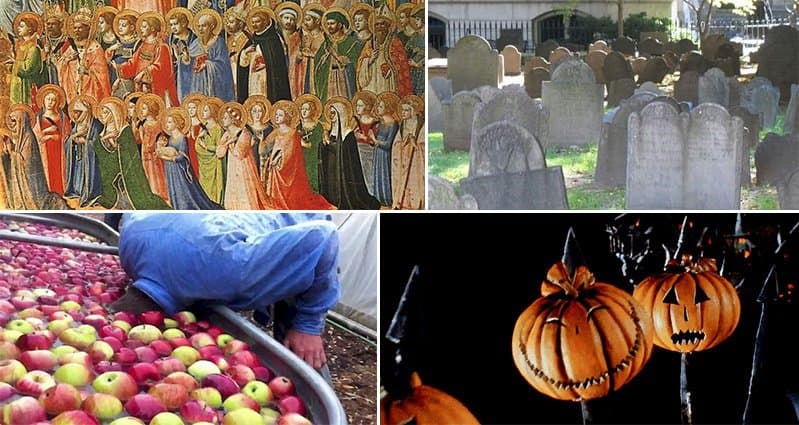Halloween is an occasion loved by many. It’s the one time of year when it’s socially acceptable to be whoever and whatever you want to be. In fact, the freakier the better! It is also a magical time filled with tradition, friendship and laughter. People tend to get together and have the most awesome time. But, have you ever given any thought to what Halloween is all about and where it actually came from? Well, let us give you the answers! Take a look below!
We all love dressing up for Halloween, whether our costumes are cute or terrifying!
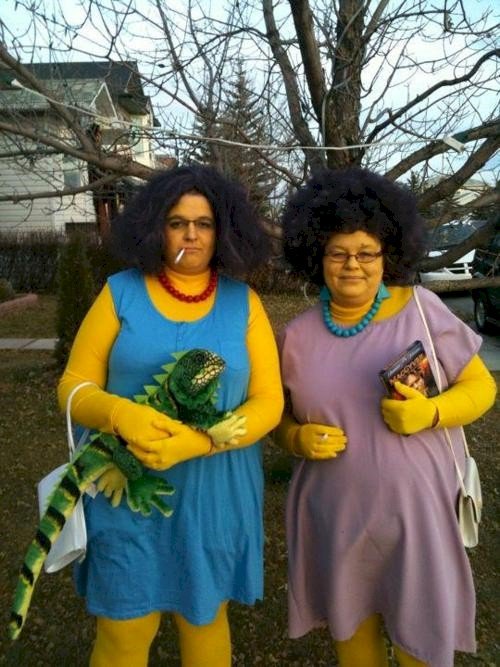
Halloween tends to cost a lot of money nowadays and it’s estimated that Americans will spend around $6.9 billion on celebrating the day! Even pets are getting in on the act with Americans spending $350 million on animal costumes in 2014!
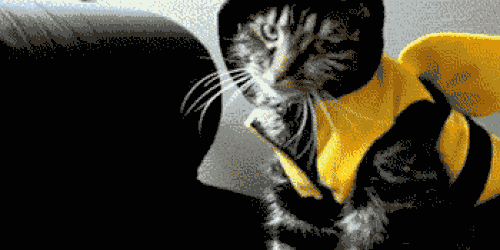
Halloween just isn’t Halloween without some spiders. Apparently if a spider falls into a candle-lit lamp on the big day, it means a witch is close by! Another superstition tells that seeing a spider on Halloween is symbolic of the spirit of a loved one being around!
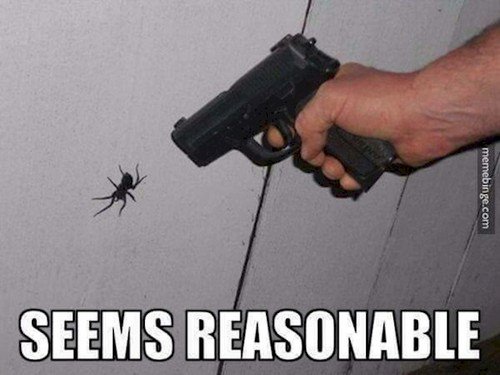
Halloween takes its roots from the Celtic Pagan festival of Samhain which literally means “summer’s end”. This was a time when the ancients prepared for the winter up ahead, performed rituals and looked into the future. The Celts made offerings of crops, food and drink to magical creatures around this time also.
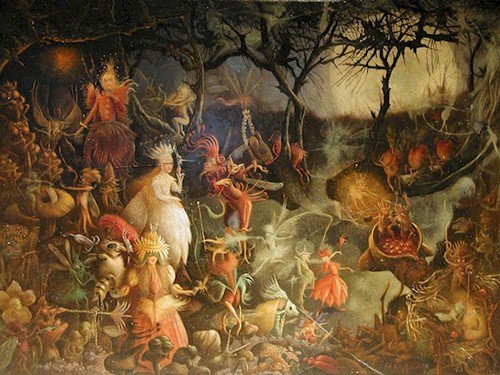
There is a decidedly Christian influence on the Halloween of today due to the Romans bringing their Christian traditions to the Celtic lands in early A.D. In fact, Pope Gregory IV changed the date of All Saints’ Day from May 13 to November 1st, the same day as Samhain. This resulted in Pagans and Christians alike celebrating the deceased from All Hallows’ Eve on October 31st until All Souls’ Day on November 2nd.
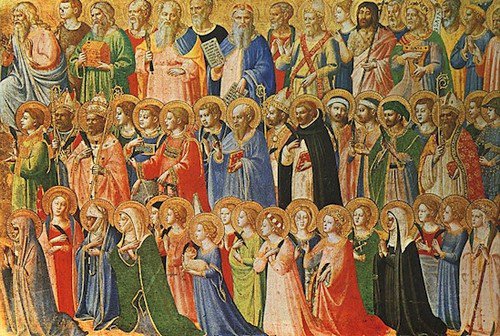
One Celtic practice which was seen a great deal in the 12th century and which still remains today is the practice of lighting a bonfire. At that time, they served the purpose of guiding souls to heaven so that they wouldn’t haunt Christians. People also lit candles known as ‘soul lights’ in order to do the opposite and to guide the souls of the dead to visit their living relatives!
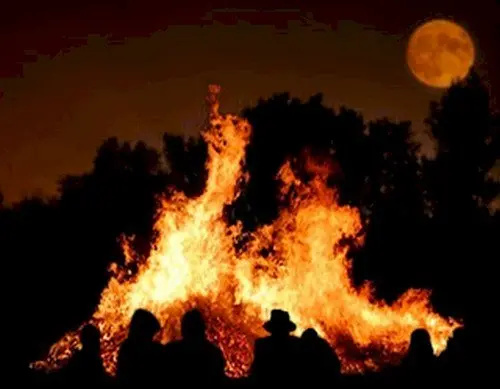
Fast forward to the year 1600 and immigrants were bringing these traditions to the new world. Irish and Scottish incomers brought their Halloween traditions to America and everyone was soon visiting graveyards and lighting candles in a mixture of fear and honor of the deceased!
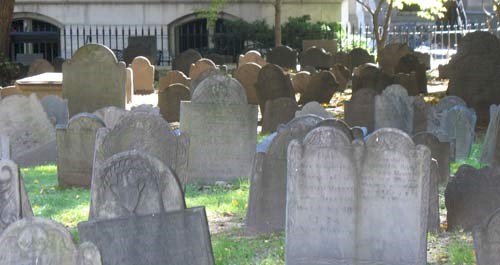
People soon began to dress up in frightening outfits to try to scare off any vengeful spirits!
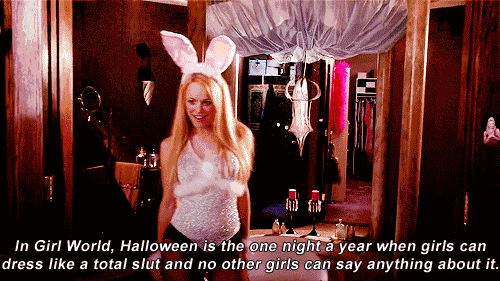
The practice of trick-or-treating was originally called ‘souling’. Poor children would go round doors begging for money and food and by the 16th century, this involved singing for their treats. Bobbing for apples was originally a Roman practice to celebrate Pomona, the goddess of abundance.

People carried turnip Jack-o’-lanterns to scare off the wandering souls of the dead. By the time immigrants arrived in North America, they decided that pumpkins made far better lamps!
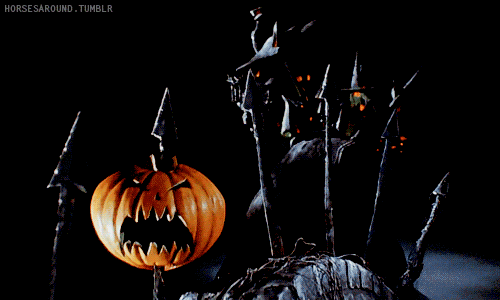
The ‘crone’ or witch was honored at Samhain as she was representative of change, wisdom and the turning of the seasons. Christian thinking saw witches as evil, hence they were at time seen in a very bad light!
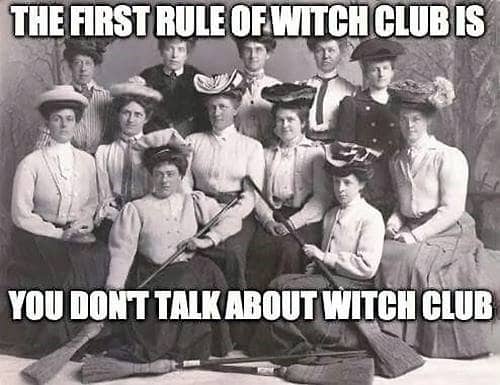
Let’s not forget about black cats. These were thought by many to have been gifted to witches by the devil himself, so, were of course perceived as a sign of pure evil. Puritans in New England even burnt the poor animals every Shrove Tuesday in order to give protection to their homes!
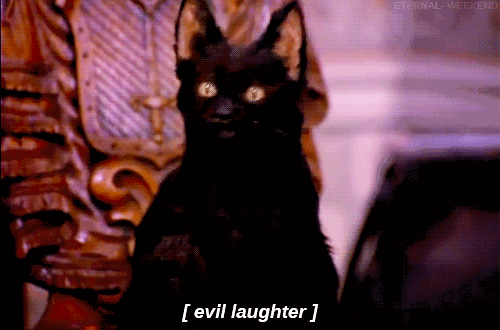
And lastly, Halloween isn’t much fun when you’re a bat. They’ve had a long association with both witches and the dead. In fact, there are many superstitions about bats flying into houses foretelling death. Personally, we think they’re actually quite cute!
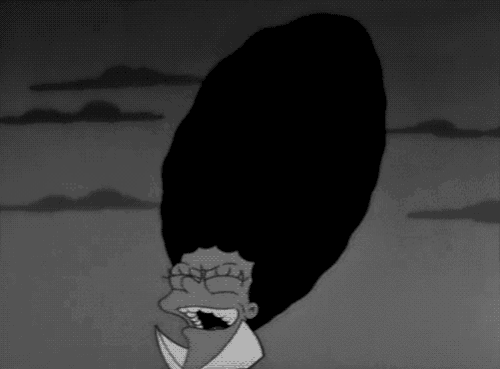
Source: 1

